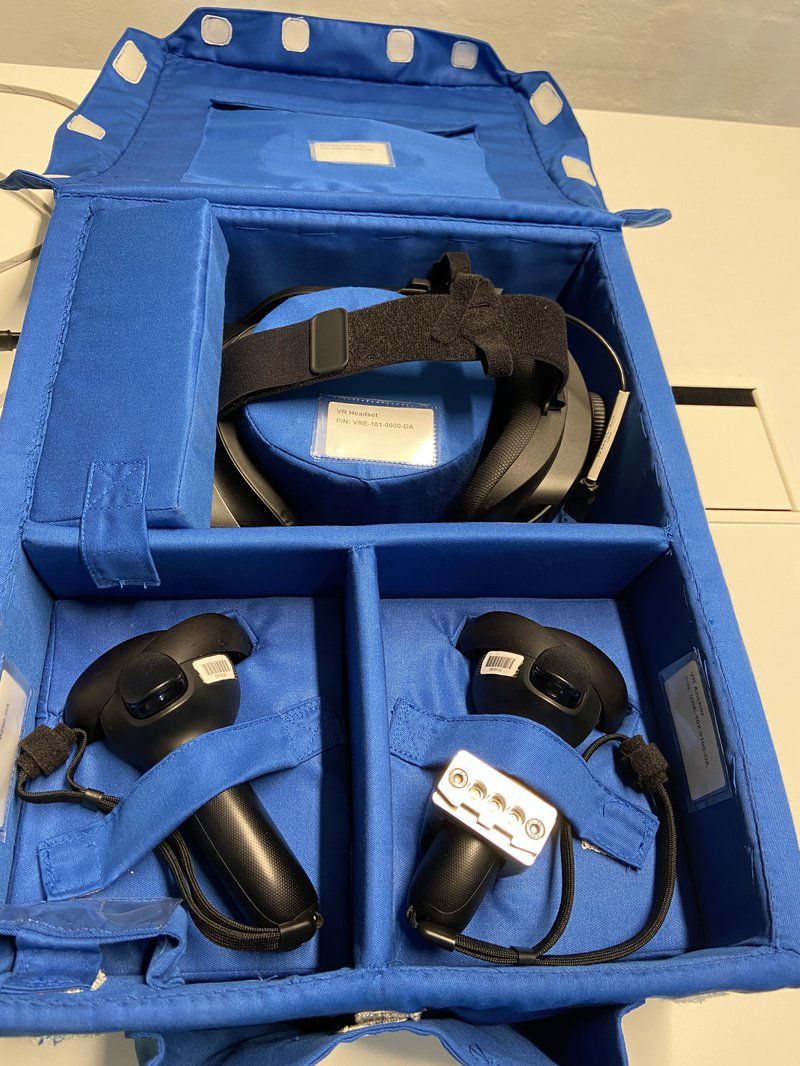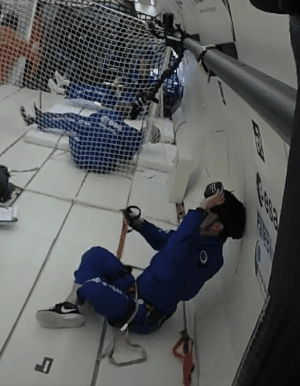HTC just sent a Vive Focus 3 headset to the International Space Station to support astronaut mental health.
Vive Focus 3 is HTC's $1300 business-focused standalone headset, which it released in 2021. It uses the same Snapdragon XR2 Gen 1 chipset as Quest 2 but with significantly higher resolution 2.5K displays, higher resolution than even today's Quest 3 or Pico 4. While HTC released the newer Vive XR Elite headset earlier this year, Focus 3 remains its primary pitch for businesses due to its swappable rear battery.
A Focus 3 is now on its way to the International Space Station as part of the payload of the Cargo Dragon autonomous spacecraft that SpaceX just launched to resupply the station as part of NASA's Commercial Resupply Services program mission CRS-29.

The headset will be used by European Space Agency astronaut Andreas Mogensen to test how VR can help with astronaut mental health. It's the result of a partnership between HTC, XRHealth, and Nord-Space.
HTC says the reason for the trial is that astronauts live in a "relatively isolated and cramped" environment without the natural daylight sky humans evolved to live under. It can also be a stressful job, with long-duration scheduled activities designed to maximize the utilization of the station.
The VR app that XRHealth and Nord-Space designed shows five 360-degree immersive videos; Sunset on the Hill, Mountain Path in Europe, Swimming with Dolphins, Western Sea, and Wetlands. The idea is to let astronauts temporarily escape this environment and "be transported to another place".

Getting tracking to work on a space station is a major undertaking though. On Earth headsets use the accelerometer in their IMU (inertial measurement unit) to measure the gravity vector to align to the orientation of the ground, but trying to use this in space would cause constant drifting. To solve this HTC has modified the tracking system to track one of the controllers fixed onto a wall as an anchor point, so the headset has a fixed point to align its movement to.
This isn't the first time this has been done.
All the way back in 2015, Microsoft sent an original Hololens AR headset to the ISS with a Remote Expert Mode so ground crews could help astronauts with repairs and a Procedure Mode that overlayed equipment tutorials for novel systems. Like HTC, Microsoft had to modify the device's tracking system to work in microgravity.
In 2017 Oculus sent a Rift VR headset to the International Space Station and ESA astronauts Thomas Pesquet and Alexander Gerst used it for microgravity neuroscience experiments. Oculus swapped out the Rift's built-in tracking system for a third party solution better suited to be customized for microgravity.
VR Could Be Essential For Deep Space Missions
With NASA's Artemis program aiming to establish a permanent base on the moon later this decade and eventually send humans Mars, VR could become a vital tool to help astronauts escape and relax on these long-duration missions in deep space. As well as immersive environments that simulate being back on Earth, astronauts could use headsets as personal theatres to enjoy traditional media on a much larger virtual screen than the tiny screens they could take with them.
While HTC's experiment is only 360 videos for now, it could set a precedent for continued exploration of VR's usefulness for astronaut mental health.





























